Biotechnology in architecture represents a fascinating convergence between scientific innovation and architectural creativity. This intersection of biology and design paves the way for cutting-edge and sustainable solutions in the realm of construction. Through the application of biotechnological principles, new building materials, autonomous lighting systems, and living structures are explored, seamlessly integrating into our built environment. This symbiosis between nature and technology redefines how we conceive and experience architectural spaces, promising a future where architecture not only harmonizes with the environment but also enriches it.
The influence of biotechnology on architecture extends beyond the traditional boundaries of construction, opening up a horizon of possibilities in the pursuit of smarter and more sustainable design. The search for alternative and eco-friendly construction materials has led to the development of unique biomaterials, such as fungal mycelium and bioplastics derived from algae, offering remarkable mechanical properties along with a reduced environmental footprint.
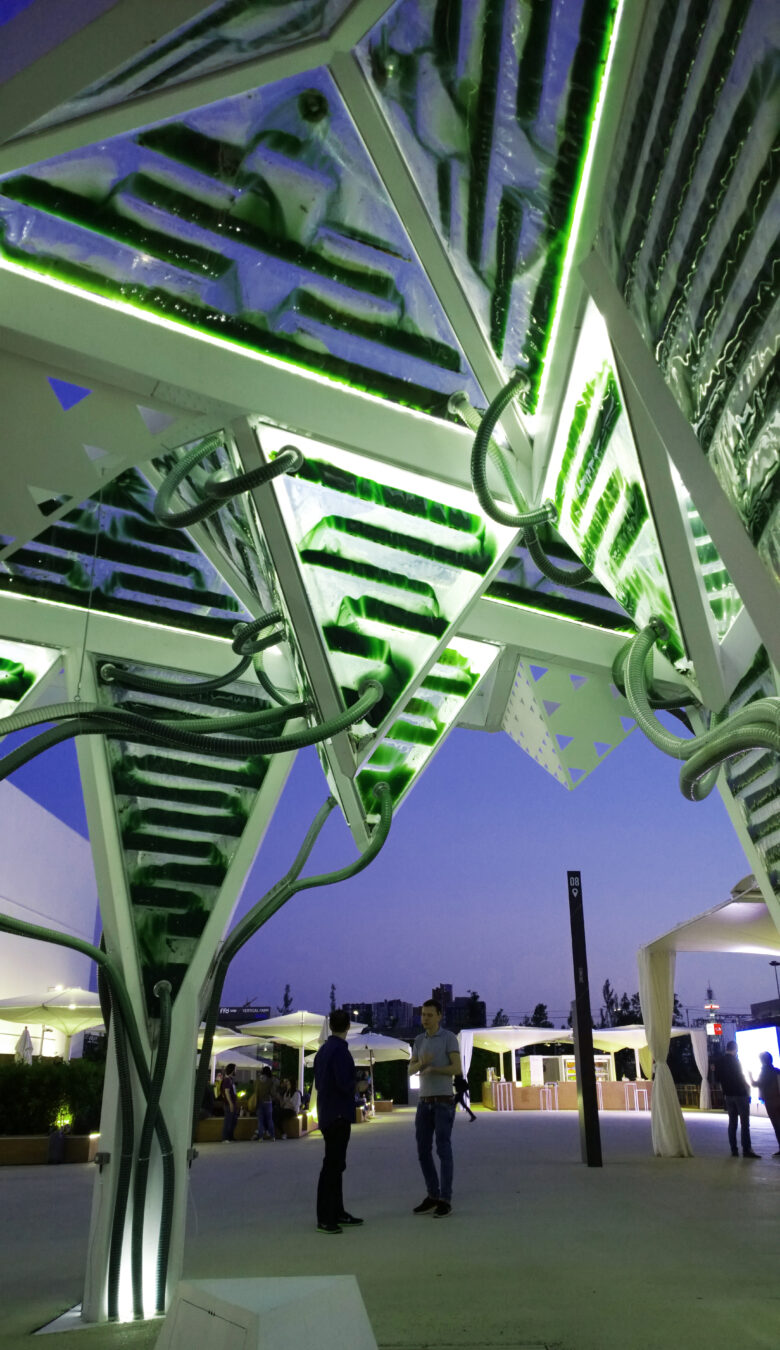
Urban Algae Canopy, project by ecoLogicStudio. Courtesy of Marco Poletto.
Bio Tectonic architecture also delves into the world of the living, where buildings cease to be inert structures and instead become living, dynamic entities. Green walls and green roofs not only enhance indoor air quality and energy efficiency but also establish an ongoing dialogue between nature and the built environment. By integrating bioluminescent microorganisms into façades, architecture can transform into ephemeral artwork that comes to life after sunset, contributing to the creation of unique public and private spaces.
Furthermore, biotechnology has the potential to revolutionize building resilience by enabling self-repair of damaged materials. Drawing inspiration from nature’s healing processes, such as cellular regeneration, architects can design structures that mend themselves in the face of minor cracks or damages, extending the lifespan of buildings and reducing the need for costly repairs.
Some ways in which we can apply biotechnology in architecture and design are:
Innovative Biomaterials: Such as using fungal mycelium to create lightweight and sturdy construction materials or bioplastics derived from algae or bacteria, which are biodegradable and have a lower environmental impact than traditional materials.
Biorefineries: Integrating biorefinery systems into buildings to convert organic waste into useful resources, such as generating biogas from food waste or producing biomaterials from agricultural byproducts.
Living Structures: Designing buildings that include living components, like moss-covered facades, green roofs, and plant walls. These elements not only improve indoor air quality and aesthetics but also contribute to thermal and acoustic insulation. As previously discussed in our article on biophilia.
Bioluminescent Lighting: Using bioluminescent organisms, such as genetically modified algae or bacteria, to create natural and energy-efficient lighting systems, which could be particularly useful in areas with limited natural light.
Self-Repairing Materials: Researching and developing materials that can self-repair through processes inspired by biology, such as cellular regeneration. These materials could extend the lifespan of structures and reduce the need for maintenance and repair. Already familiar with the material that can self-regenerate? Learn more here.
Water Treatment Systems: Integrating biotechnological water treatment systems into buildings to purify gray and black water, reducing the consumption of potable water and enhancing the sustainability of the water cycle.
Carbon Capture: Exploring the ability of certain biological materials to capture and store carbon, thus contributing to climate change mitigation.
Genetic Studies for Adaptation: Investigating and applying genetic and molecular biology techniques to understand how certain plants and organisms adapt to different climatic and environmental conditions, and using this information in the design of resilient and adaptive buildings.
Microorganism Research: Studying microorganisms and bacterial communities for their application in improving indoor air quality and eliminating pollutants.
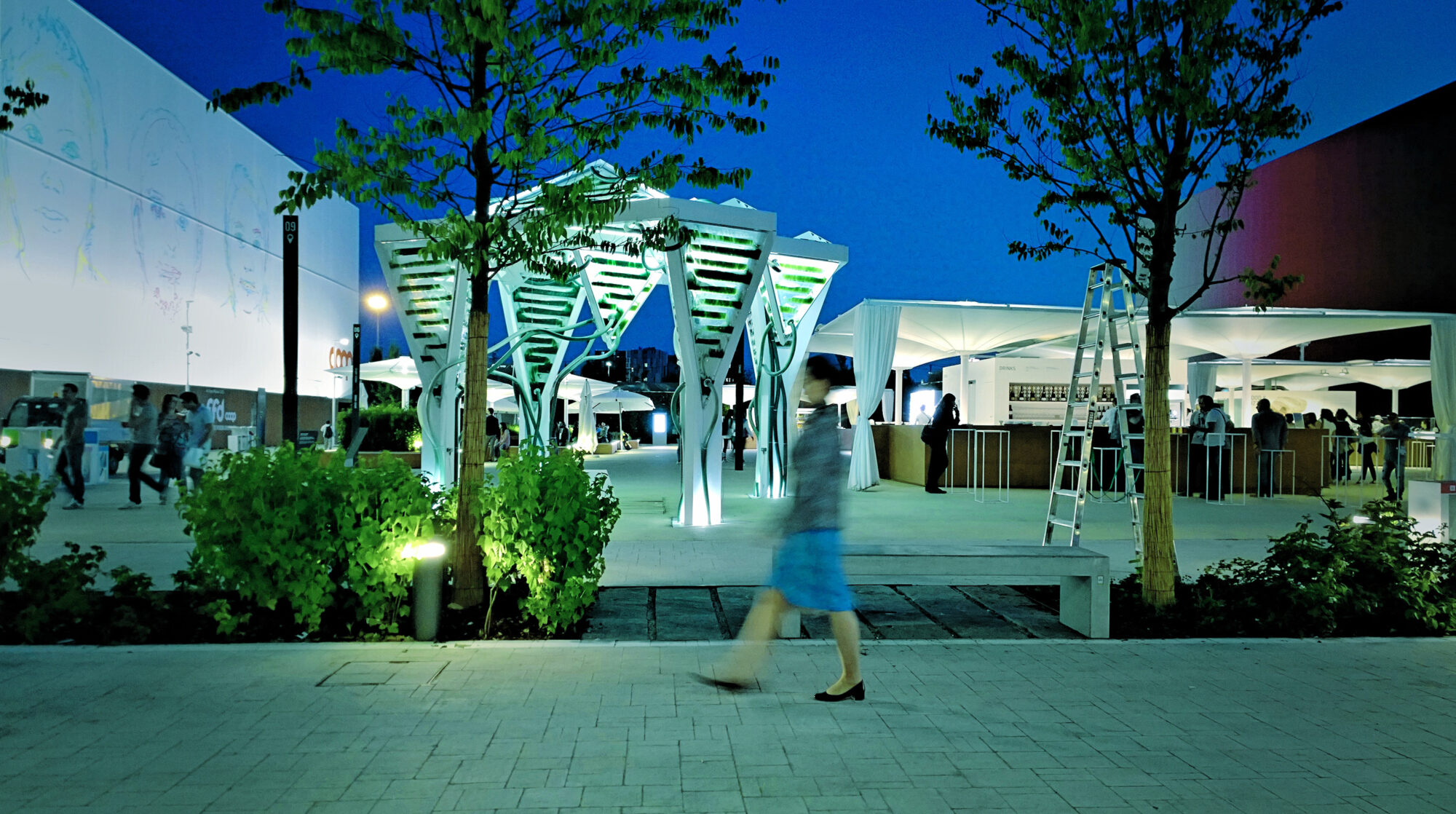
Urban Algae Canopy, project by ecoLogicStudio. Courtesy of Marco Poletto.
A relevant example of biotechnology application in architecture is the “Urban Algae Canopy” project (Dosel Urbano de Algas), developed by the ecoLogicStudio studio. Presented in 2013 at the Milan Food Expo, this project explored the ability of microalgae to provide shade, purify the air, and produce biomass in an urban environment.
The canopy consisted of a lightweight and modular structure that incorporated bags for cultivating microalgae. These microalgae perform photosynthesis, capturing carbon dioxide and releasing oxygen, thus contributing to air purification. Additionally, the algae generate biomass that can be harvested and converted into bioplastics or other useful products.
The canopy served as an interactive public space where visitors could experience the interaction between biotechnology and architecture. Sensors measured air quality and the photosynthetic activity of the algae, allowing visitors to observe in real-time how the algae responded to their environment and how they contributed to environmental improvement.
As society faces increasingly urgent challenges related to climate change and limited resources, the symbiosis between biotechnology and architecture emerges as a crucial field of innovation. Collaboration between scientists, engineers, and architects fosters the exploration of new frontiers, where nature and technology merge to shape a more sustainable, aesthetically enriching built environment that harmonizes with the natural world.


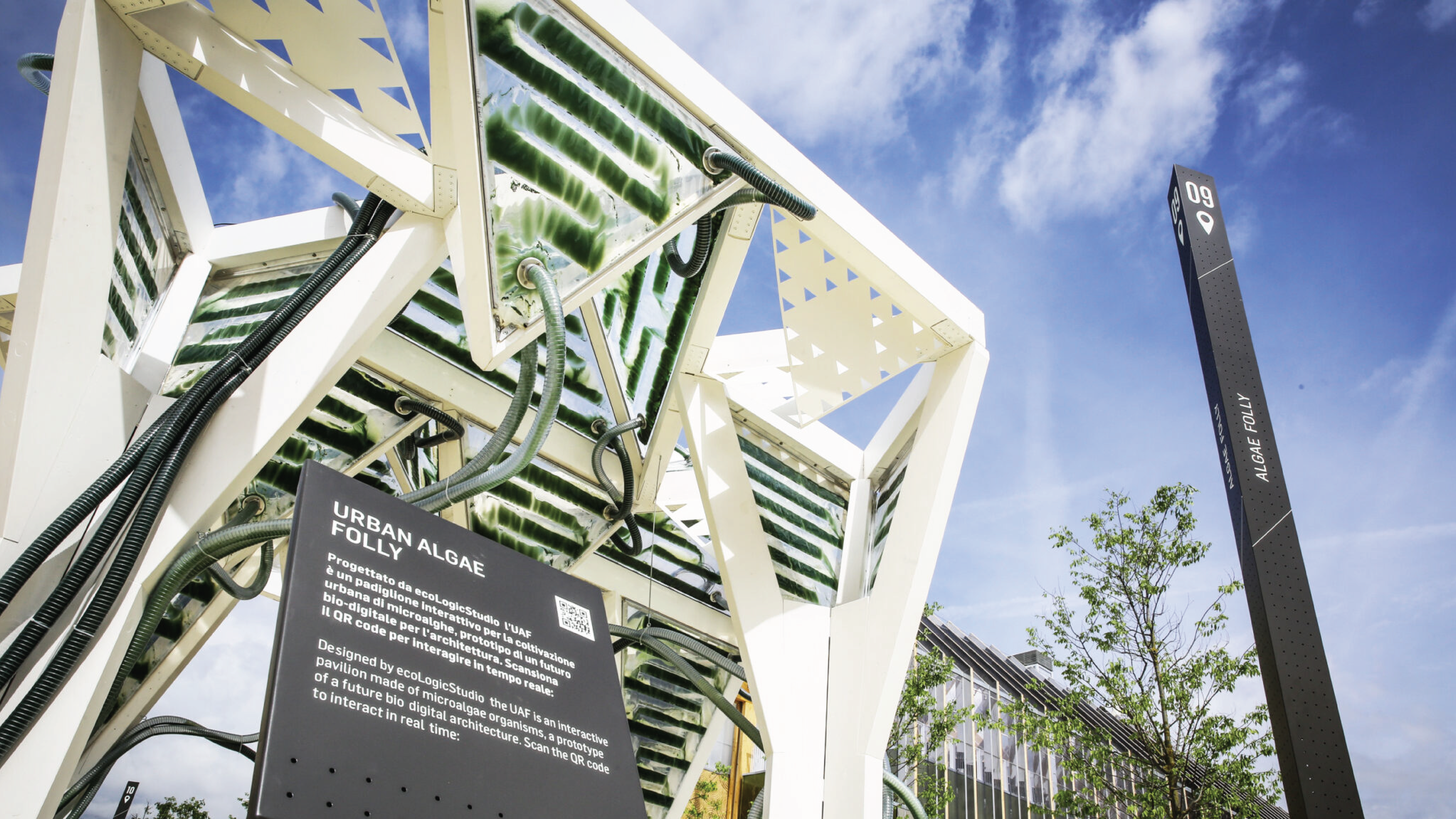
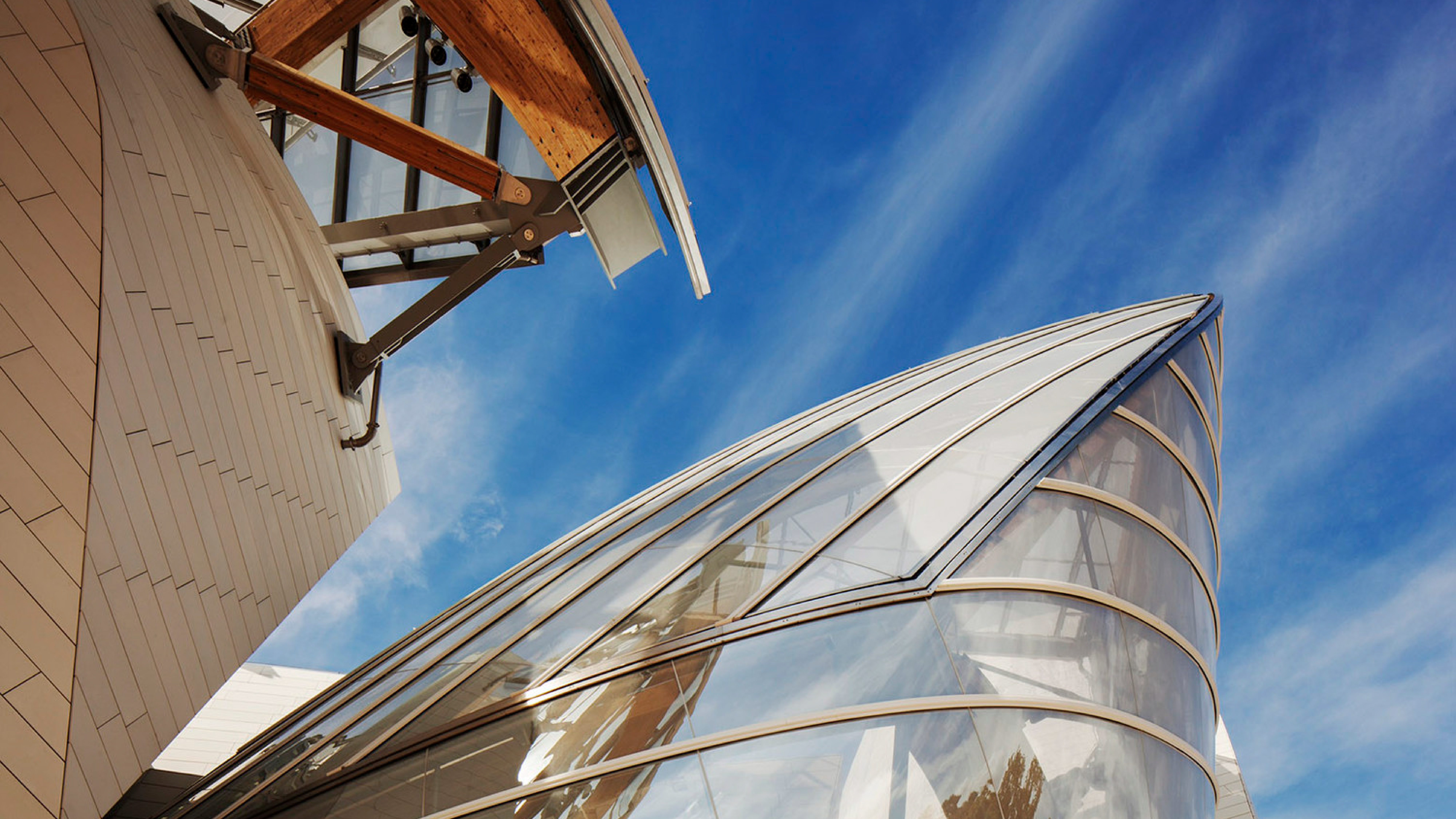
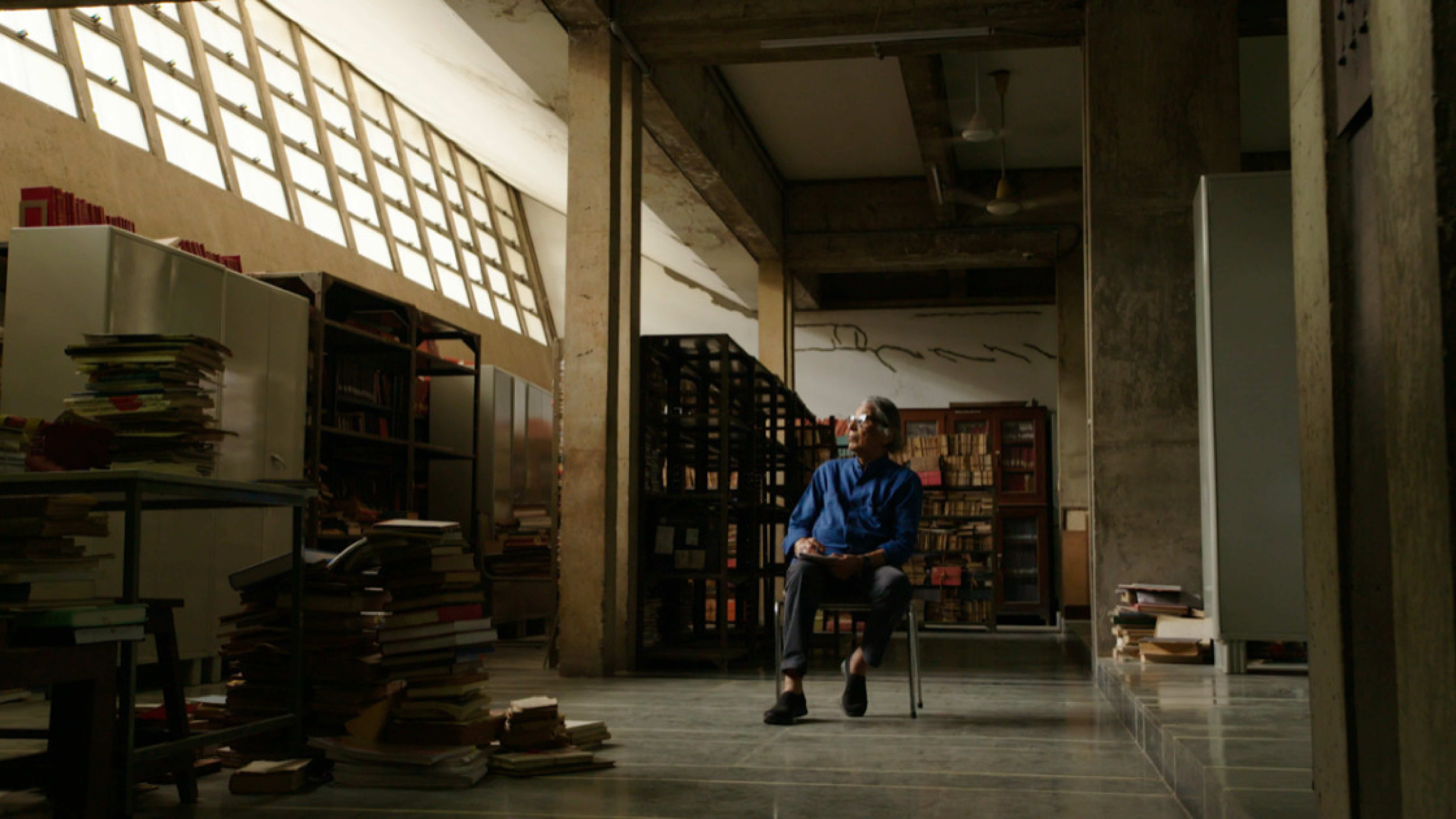
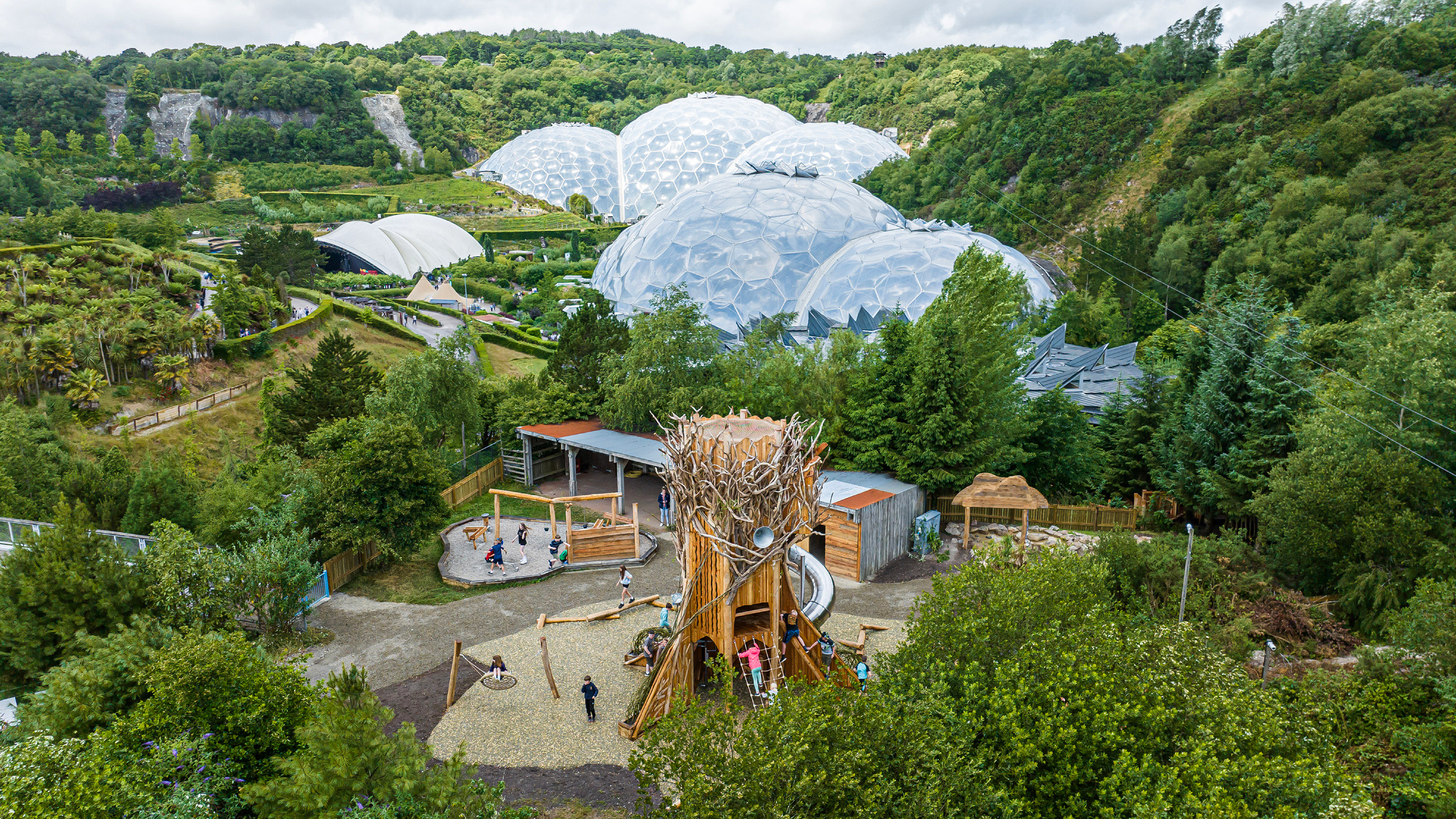

Leave A Comment